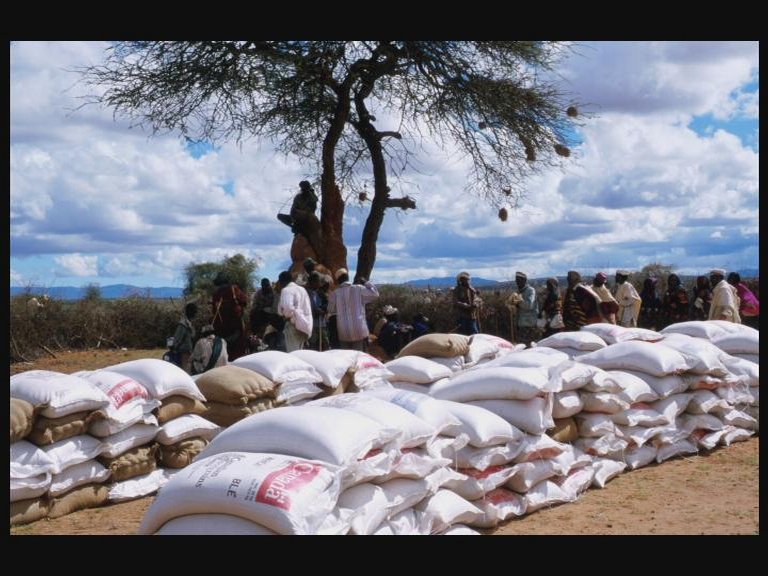By Jillian MacMath, AccuWeather.com Staff Writer
November 5,2015; 10:54PM,EST
Heavy rain set to fall across East Africa this winter as a result of El Niño will increase the chance for disease outbreaks and crop loss, experts warn.
Widespread disease and poor crop yields can cause staggering economic losses, according to the National Institute of Health (NIH).
With the strongest El Niño in 50 years unfolding, areas from Tanzania to southern Ethiopia and southern Somalia are at risk for above-normal rainfall.
"I suspect these areas will be wetter than normal in November and December," AccuWeather Meteorologist Jason Nicholls said.
"Rainfall may ease back closer to normal in January, with another uptick in the rainy pattern in February."
The flooding along rivers and lakes such as Lake Victoria, and flash floods in lowland areas are likely to result in crop loss, according to the Famine Early Warning Systems Network.
Ethiopia has bought about 800,000 tonnes of wheat to ensure #FoodSecurity as it grapples with poor harvests.
El Niño May Intensify Into Strongest in 50 Years
AccuWeather Works With Facebook to Help Make the Internet More Accessible and Affordable Globally
WATCH: Heavy Wind Nearly Snaps Trees as Storms Sweep Through Whyalla in South Australia
Additionally, flooding rain and standing water can result in an increase in mosquito-borne illnesses such as Rift Valley Fever (RVF), the World Health Organization said.
RVF is an infectious disease with flu-like symptoms, which can result in death for livestock and humans.
Transmission occurs through a direct bite from an infected mosquito. Humans, however, can also contract the virus from handling or consuming infected meat.
According to the Steps Centre, a research organization funded by the Economic and Social Research Council, "the intense and persistent rain provides perfect breeding conditions for the mosquito vectors which initiate and intensify RVFV transmission."
The most widespread outbreak in recorded history occurred in 2007, impacting 11 regions across Tanzania and Kenya, according to research by Frontiers in Public Health. More than 16,000 cattle, 20,000 goats and 12,000 sheep died as a result.
The outbreak caused losses of over $32 million in Kenya alone.
The overall loss from in East Africa exceeded $60 million, due to the disruption in trade across the region.


No comments:
Post a Comment